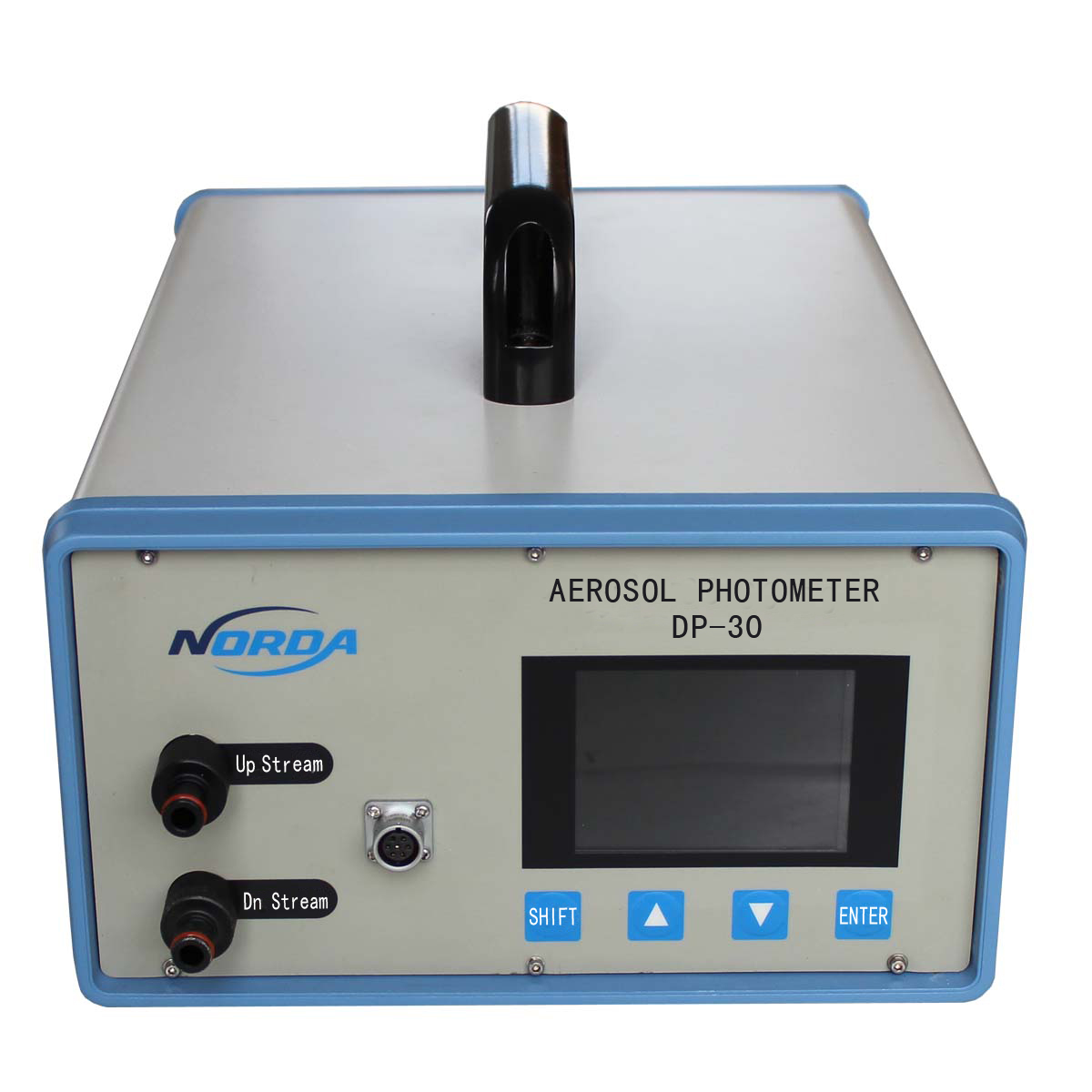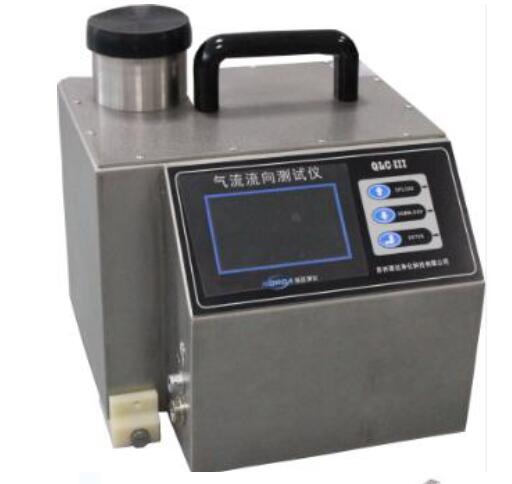The Ins and Outs of Cleanroom Filters
Contamination control depends on a reliable filter system. A malfunctioning filter can introduce contaminants into a controlled environment. Filters need to remove impurities from the process stream but avoid transferring impurities that could wind up on a device’s or product’s surface. The filters themselves must be manufactured and packaged in a controlled environment.
Repairing or replacing inadequate filters can be costly. In particular, custom filters can be expensive and may take weeks or months to be delivered, so adequate planning is a must. Following good protocols will keep filters working right and minimize premature change-outs, with the associated expenses for parts and labor as well as disruption and potential contamination.
Preventive maintenance is obviously the first step to ensure that a cleanroom’s filters function properly, and that the amount of time and money spent on them is minimal.
Tips for designing an efficient system
Workers entering the cleanroom to repair filters may track in contaminants. If possible, the critical environment should be designed with filter maintenance in mind before it is ever constructed. Consider a room-side system, which allows for ease of filter changing and doesn’t require disturbing the ceiling and running the risk of contaminating the cleanroom.
HEPA filters involve special considerations in system design so they can function as intended. Prefilters and final filters should be installed upstream of any HEPA filters to protect and extend the life of the HEPA.
HEPA filter modules can be ordered with or without fan power. Those without fan power are best suited to facilities where there’s enough air-handling unit fan static pressure available to force air through the filter. (Noise can be a concern with fan-powered HEPA units, but some models have a speed control feature that allows the user to adjust the airflow as desired, offering some noise mitigation.)
Pressure drop is also a relevant issue, since this affects the amount of power needed to keep filters operational. Filters with a lower pressure drop will require less energy, and will therefore reduce operating costs.
When to change a filter?
ISO 14644-2 provides guidance on how to monitor and test filters. Rather than following a specific time frame, cleanroom staff must observe their filters and change them as soon as is necessary.
For instance, HEPAs typically last between five and seven years before they need to be swapped out, but rules of thumb can be misleading. “The filters cannot be changed out based on a regular schedule,” says Kathie Kalafatis, president and CEO, CleanAir Solutions Inc., Fairfield, Calif. “How long filters last depends upon what they are filtering out. The temperature and humidity levels in the cleanroom and the airflow and pressure running through them can affect how long they will last.”
“The best indication for when a filter needs to be changed is to monitor the velocity measurement of each unit through quarterly testing using a Velometer instrument,” says Kalafatis. “In addition, the main HEPA filter media should also be monitored using a pressure gauge (Magnehelic) on the filter plenum housing to ensure it does not exceed 1 in. S.P. (static pressure), as excessive pressure can cause the filter to break through.”
Supported pleat filters are often used as prefilters for higher efficiency filters, or they may be used to shield heating and cooling coils from becoming coated with dirt. Typically, pre-filters may need to be changed up to six times per year.
Bag filters are intended to protect maintenance personnel from coming into direct contact with the interior of the housing and dangerous contaminants during a filter change. These bag filters may need to be changed once
per year.
Shutdown time must also be considered when dealing with filters. Maintenance on any non-redundant cleanroom typically requires a shutdown of the facility so that technicians can perform a thorough inspection. A spare parts inventory should be kept to minimize delays, rather than waste time tracking down new parts.
Common misconceptions
“Contrary to what you would think, when the filter gets dirty, it actually makes it more efficient,” says Kalafatis. “If the fan filters are kept running at all times with air passing through them, they will stay efficient longer.”
Kalafatis warns that fan filters ought to be kept operational, to prevent the danger of contamination buildup.
“If a fan filter is turned off when not in use, the filter will be packed down with particles, which we call ‘filter loading.’ Filter loading is the normal life cycle/duration of the filter as it reaches its capacity. However, when a filter has been compacted with particulate at the face of the filter from particles settling in the media due to gravity, and stagnation sets in for a period of time, it can cause great harm. Turning the fans back on after [particles have] settled forces air back through the impacted media, causing fissure tears that create leaks – resulting in permanent damage to the HEPA.”
Kalafatis recommends running air through the filters at all times. “For energy savings, we offer a night-time set back controller system that can be pre-programmed to reduce the energy output during off-peak hours while continuing to allow air to pass through the filters at a lower rate,” she says. “This protects the media from being damaged and lowers the monthly energy bill.”
Facility managers may also want to periodically re-examine the choice of the materials used to construct filters they are buying. Materials such as PTFE and PVDF membranes have been popular for chemical applications; however, today’s alternative filtration materials include ultra-high molecular weight polyethylene (PE) and polysulfone (PS), which enable the production of different filter sizes and shapes. These materials can be used to create specific pore structures that allow facilities to tailor the equipment to their needs.
Selecting the right kind of filter, and taking proper care of it once it’s installed, will be the difference between an easy road and a long, expensive one.
MaryBeth DiDonna is the managing editor of Controlled Environments.
This article appeared in the February 2013 issue of Controlled Environments.




網(wǎng)站自己上傳/AG1800.jpg)
網(wǎng)站自己上傳/AG60上傳.jpg)
網(wǎng)站自己上傳/pbs-100.jpg)
網(wǎng)站自己上傳/PBS-E.jpg)
網(wǎng)站自己上傳/IA.jpg)
網(wǎng)站自己上傳/QLC-I.jpg)




